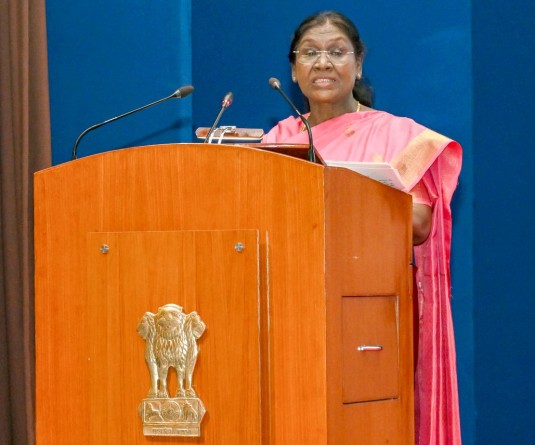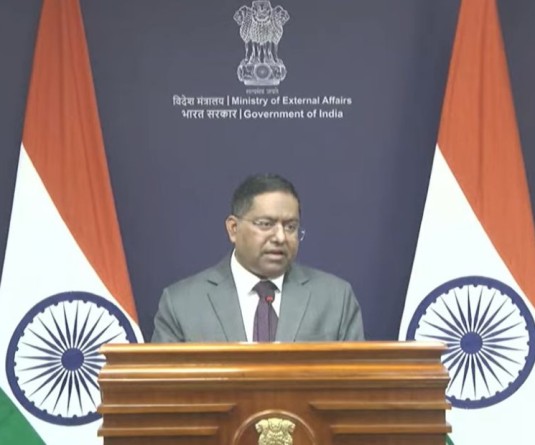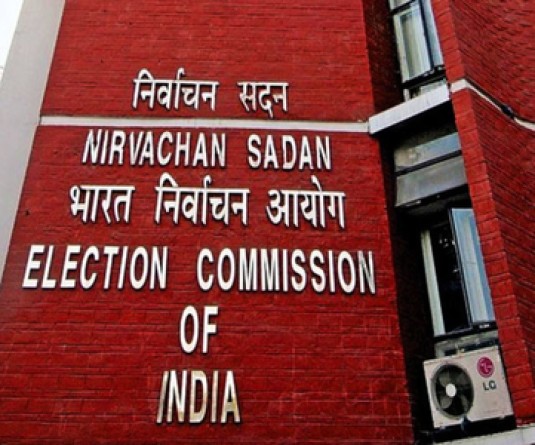
Under Ministry of Urban Development, UIG sub-mission is strictly for projects and schemes in the mission city (which is Kohima for Nagaland). The main thrust of the sub-mission, on Urban Infrastructure and Governance will be on major infrastructure projects relating to water supply including sanitation, sewerage, solid waste management, road network, urban transport and redevelopment of inner (old) city areas with a view to upgrade infrastructure therein, shifting industrial/commercial establishments to conforming areas, etc.
Planned urban perspective frameworks for a period of 20-25 years (with 5 yearly updates) indicating policies, programmes and strategies of meeting fund requirements would be prepared by every identified city. This perspective plan would be followed by preparation of Development Plans integrating land use with services, urban transport and environment management for every five year plan period.
Cities/Urban Agglomerations/Parastatals will be required to prepare Detailed Project Reports for undertaking projects under identified areas. Private Sector Participation in development, management and financing of Urban Infrastructure would be clearly delineated. Funds for the identified cities would be released through designated State Nodal Agency, which in turn would leverage, to the extent feasible and, additional resources from the financial institutions/private sector/capital market. Funds from Central and State Government will flow directly to the nodal agency designated by the State, as grant. The nodal agency will disburse central assistance to ULBs or para-statal agencies as the case may be, as soft loan or grant-cum-loan or grant. The revolving fund will be created in order to meet the operational and maintenance costs of the assets created under the Mission.
The Mission Objectives is to integrated development of infrastructural services in the cities covered under the Mission and also to secure effective linkages between asset creation and asset management so that the infrastructure services created in the cities are not only maintained efficiently but also to become self-sustaining. It also ensures adequate investment of funds to fulfil deficiencies in the urban infrastructural services. The planned development of identified cities including peri-urban areas, out growths, urban corridors, so that urbanization takes place in a dispersed manner. The Mission Objectives also scale up delivery of civic amenities and provision of utilities with emphasis on universal access to urban poor and takes up urban renewal programme, such as re-development of inner (old) cities area to reduce congestion.
The Mission Components are Admissible Components where Projects pertaining to the following will be admissible under the Sub-Mission on Urban Infrastructure and Governance. Urban Renewal i.e redevelopment of inner (old) city areas which include widening of narrow streets, shifting industrial/commercial establishments from non-conforming to conforming areas to reduce congestion, replacement of old and worn-out water pipes by new/higher capacity ones, renewal of sewerage/drainage/solid waste disposal systems, etc, Water Supply and sanitation, Sewerage and Solid Waste Management, construction and improvement of drains/storm water drains, Urban Transport like roads, highways/expressways/MRTS/metro projects and Parking lots/spaces on Public Private Partnership basis. It also includes Development of heritage areas, Prevention & rehabilitation of soil erosion/landslides only in case of Special Category States where such problems are common and Preservation of water bodies.
Land costs are not financed except for acquisition of private land for schemes/ projects in the North Eastern States and hilly States viz. Himachal Pradesh, Uttaranchal and Jammu & Kashmir. In the Inadmissible Components, Projects pertaining to the following will not be admissible under the Sub-Mission such as Power, Telecom, Health, Education, Wage employment programme and staff component. With the paucity of resources and administrative constraints in taking up all cities and towns under this intensive urban infrastructure improvement programme under JNNURM, only selected cities/Urban Agglomerations (UAs) as per 2001 Census will be taken up as per norms/criteria mentioned below:
Cities/UAs with 4 million plus population as per 2001 census
Cities/UAs with 1 million plus but less than 4 million population as per 2001 Census Selected
Cities/UAs (State Capitals and other cities/UAs of religious/historic and touristic importance) and the Funding Pattern is Centre 90%: State 10%
(A DIPR Feature by Temjenkaba, News Assistant)
(Source: Monitoring Cell, Planning Department)






